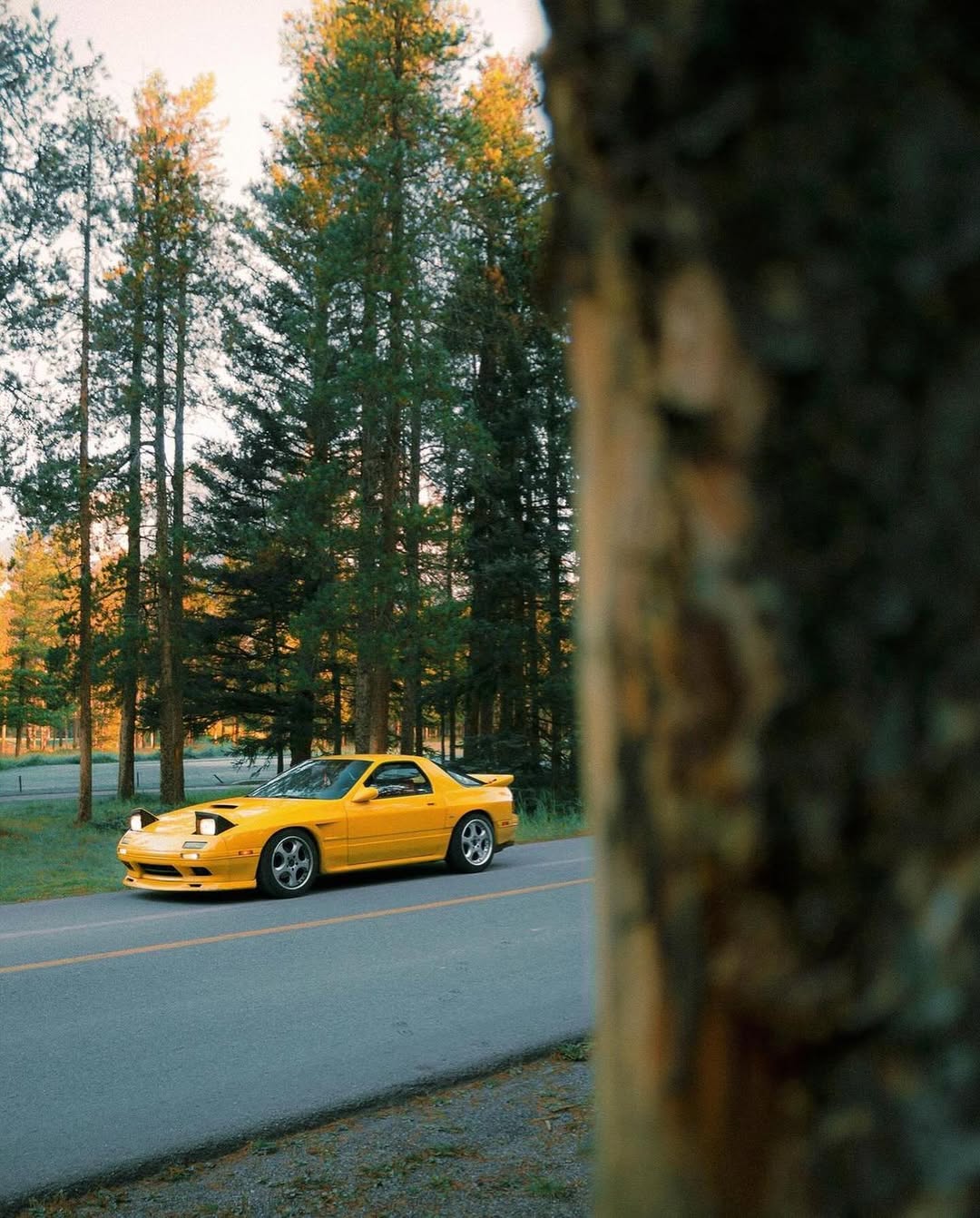- Car Talk
- Car Maintenance
- Car Maintenance
Your Ultimate Guide to Windshield Crack Repair!
Often overlooked, windshield cracks, no matter how small, can bring serious consequences. While limiting your view, it can also be a...Car MaintenanceHow to Maintain and Care for Your Custom Floor Mats for Car (2025 Guide)
Ever looked down at your floor mats and said, “I should probably be cleaning these more”? Or maybe you have seen...Car MaintenanceHow to Choose the Right Rear View Mirror Dash Cam (Step-by-Step Guide) In 2025
If you are thinking about getting a rear view mirror for your vehicle, you’re not alone. Today’s drivers would love to have that...
- Driving Tips
- Driving Tips
7 Defensive Driving Tips to Keep You Safe on Georgian Roads
Reports show that about 54% of road accidents in Georgia were caused by driver error. Becoming a good driver is an...Driving TipsHow To Do A Burnout In An Automatic: A Simple Way
You might be curious about how to do a burnout in an automatic car. While it looks cool, it's important to...Driving Tips6 Important Rules To Open Car Door Safely
Many people think that opening car door is a simple action. However, when open car door, drivers must follow these rules...Driving TipsDoes Releasing The Accelerator Pedal Burns Fuel?
Fuel efficiency is a thing that has become the need of the hour. Every car manufacturer has been striving hard to...
- Car Review
- Car Comparison
ABOUT US
CAR FROM JAPAN is the leading online used cars marketplace in Japan, where you can buy a car directly from Japan and get it delivered to your nearest port.
Address: Iwamotocho 3-10-7-7F Tojiki Building, Chiyoda, Tokyo, Japan 101-0032.
Phone: +81 50 3171 3983
Email: ask@carfromjapan.com
2025 Copyright © CAR FROM JAPAN Co., Ltd. All Rights Reserved.



